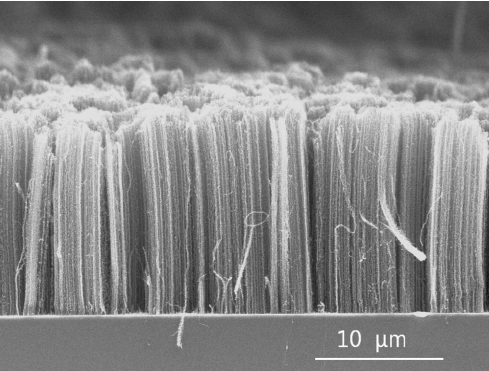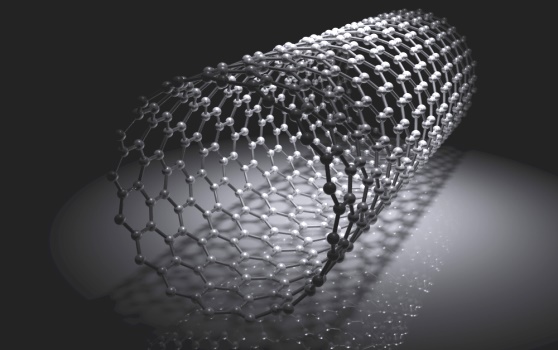Carbon nanotubes (CNTs) are a class of nanomaterials renowned for their exceptional thermal conductivity and ability to absorb a broad spectrum of light, including near-infrared (NIR) wavelengths. When CNTs are exposed to NIR light, they efficiently convert the absorbed energy into heat through a process called photothermal conversion. This property makes them ideal for applications requiring localized heating with minimal energy input.
Carbon Nanotubes (CNTs): Structure, Function, and Heat Generation via Infrared Light
Carbon Nanotubes (CNTs) are cylindrical structures composed of carbon atoms arranged in a hexagonal lattice, rolled into seamless tubes. These remarkable materials exhibit extraordinary mechanical, thermal, and electrical properties, making them suitable for a wide range of applications, including heat generation systems. This document explores the interaction of CNTs with infrared (IR) light, their ability to generate heat, and their role in energy-efficient heating systems.


Structure of Carbon Nanotubes
CNTs come in two primary forms:
1-Single-Walled Carbon Nanotubes (SWCNTs): These consist of a single layer of graphene rolled into a cylinder with diameters typically in the nanometer range.
2-Multi-Walled Carbon Nanotubes (MWCNTs): These comprise multiple concentric cylinders of graphene layers, each separated by approximately 0.34 nm.
The unique structure of CNTs gives rise to the following properties:
1-High Thermal Conductivity: CNTs have exceptional thermal conductivity (up to 3,000 W/m·K), making them excellent heat conductors.
2-High Electrical Conductivity: They can conduct electricity efficiently due to their delocalized π-electrons.
3-High Aspect Ratio: The length-to-diameter ratio is extremely high, which enhances their surface interaction with light and heat.


Leave a Reply